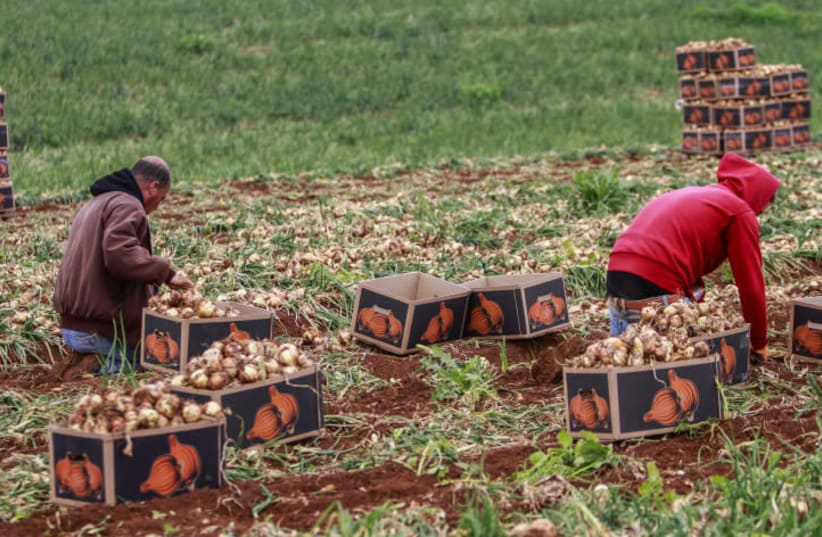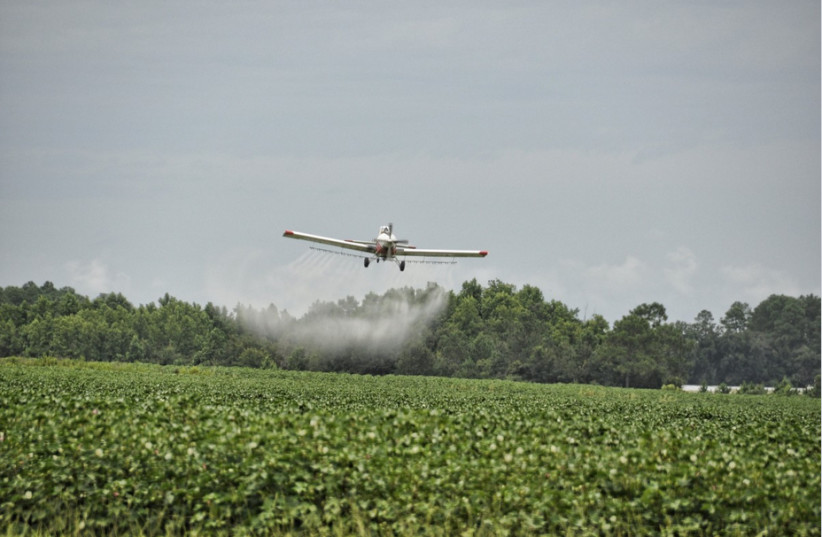Global crop production may change drastically by 2030, a new NASA-led study published in the Nature Food scientific journal on Monday has revealed.
Under warmer climate conditions, maize crop yields are projected to decline 24%, but wheat production may grow about 17% by 2030.
The research was conducted by inputting five climate models into 12 state-of-the-art global crop models, ending up with about 240 global climate-crop model simulations for each crop.
Rising global temperatures are linked to changes in rainfall patterns, the frequency and duration of heatwaves and droughts, the length of growing seasons and the speed of crop growth – all of which can critically affect crop health and productivity.
“We did not expect to see such a fundamental shift, as compared to crop yield projections from the previous generation of climate and crop models conducted in 2014,” lead author Jonas Jägermeyr, a crop modeler and climate scientist at Columbia University's Earth Institute in New York City, told NASA.gov.
“A 20% decrease from current production levels could have severe implications worldwide,” Jägermeyr added. Maize, colloquially known as corn, grows around the world, though especially in countries near the equator. Maize-growing regions in North and Central America, West Africa, Central Asia, Brazil and China may see their maize yields decline in the coming years as average temperatures rise across these major food producers – known as “breadbasket” regions.
In contrast, wheat grows best in temperate climates, and thus potentially will be cultivated in new locales as temperatures rise, such as North America, Central Asia, Southern Australia and East Africa.
Temperature is not the only factor to consider when simulating future crop yields: Carbon dioxide levels have a positive effect on photosynthesis and water retention, which increases yields, though often at a cost to nutrition. This effect is more prevalent in wheat than maize, which was accurately captured by the researchers.
While models do not address economic incentives, changing farming practices and evolutions in crop growing (such as breeding more robust crop varieties), it remains an area of active research.
The research team plans to look at these angles in follow-up work, as these factors will further determine the fate of future agricultural yields.

